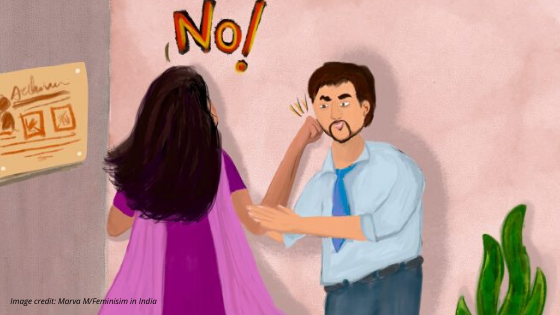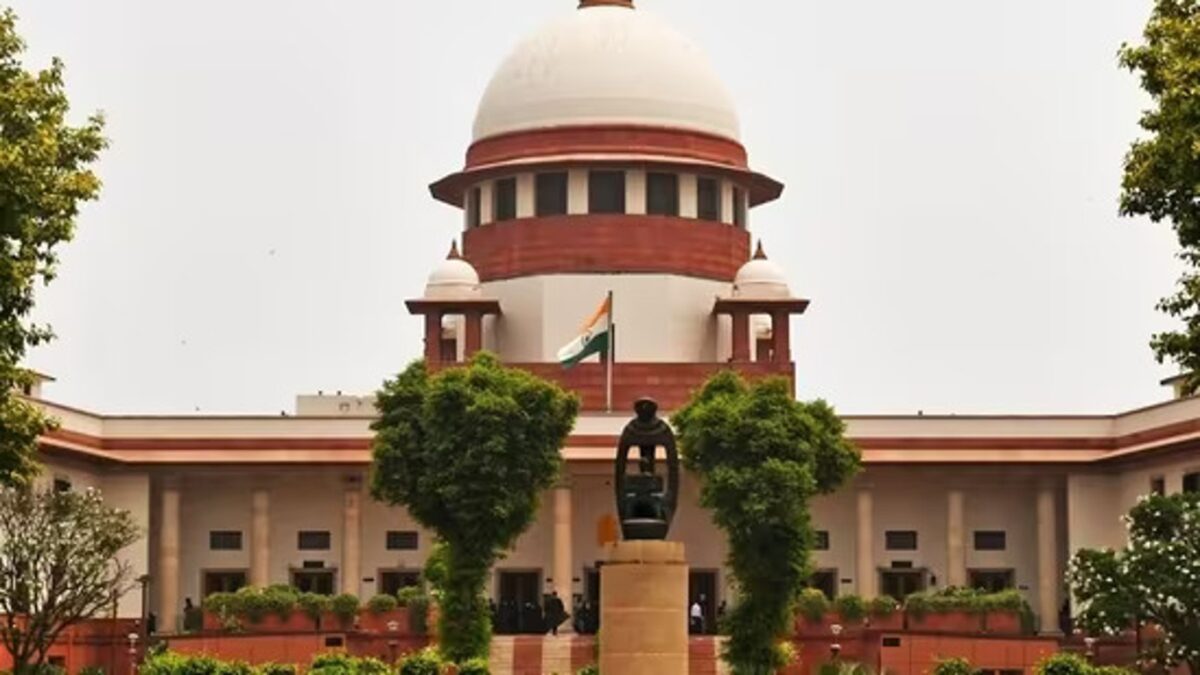Q: What is the main line of thought behind keeping an alleged sexual harasser’s identity anonymous once IC starts a probe, given that in the overwhelming majority of cases men are the primary aggressors.
A: The clause on confidentiality around identity applies to both parties involved. Here the law is assuming not guilty until proven and hence nobody should have their reputation maligned till the case is closed. And with this range of offenses and degree of offenses, it becomes crucial to provide an umbrella guideline to protect all parties under confidentiality and disclosure. Keeping identities of all parties also allows blocking any external influence (within the company but outside the ICC) to interfere with the proceedings.
While it may look unfair that a perpetrator’s (especially in instances when an allegation is proven) identity is protected, in hindsight, we have to consider that definition of sexual harassment under the law ranges in varying degrees. Even after the case is closed, various conclusions will not have the individual/s removed from the organization and considering that people should be able to go back to their work mode without any retaliation from co-workers. A person can be accused of asking a personal question, complimenting a colleague, unnecessary advancing at an office dance floor party, assault, offer of the threat of job/career growth.
Q: PoSH is not gender-neutral. Is there any scope in the coming years for a complete overhaul?
A: It will be a long time but yes, we see that possibility. Every law has its roots in prevalent practices of atrocities that were spoken, documented, and tallied for mass relevance. We will have to wait for men & other genders to take up this active role.
Q: A lot of people are concerned about the misuse of this law because of a lack of witnesses/evidence in many cases, how can we prevent this misuse? Does the law provide for any punishment to those who misuse this law?
A: It is important to take note that any investigation may conclude in four ways: 1. Proven, 2. Not proven, 3. Withdrawn and 4. False. The confusion usually happens when it is conveyed to the women that lack of evidence might mean that the allegation is false. It has to be very clear and evident for the Committee that a complaint was false or malicious in nature and then the specific case needs to be closed with that status and then reverse investigations get initiated. Thankfully it does. And that makes this law pretty robust and inclusive. This element is mostly missed out from the limited session time that facilitators usually get but is crucial to be included.
Q: Want to understand the rules of transparency between the members of the ICC. Is each member obligated by their position in the ICC to let other members know as and when a case has been brought to them? What if they don’t?
A: The rule of transparency kicks in when a complaint is received by the Committee. All members of the quorum (especially) must be made aware of all information (including any possible conflict of interest) before and during an investigation. The same is extended to all parties specially complainant and respondent. We must understand that unlike a Court, in ICC, each individual represents themselves and in order to do so, no information that ICC becomes privy to can be with-held from either of the parties. This is a critical working principle for the ICC and employees and stakeholders must be aware of this- both parties have the right to access all information that an ICC discovers and has access to during the course of an investigation.
Q: Are there any rules for confidentiality that apply to both parties once the complaint is made and during and after the process?
A: Yes. The rule for confidentiality applies to all IC members, employer, and the parties involved. It extends during and post an investigation. In the law text, there is a fine of INR 5,000 for violating this guideline, however considering it was introduced in 1997, we advise companies to form internal more stringent measures for all employees, IC members, and Complainant and Respondent.
Q: The law says that the committee has to operate under the principles of natural justice- how does it work if the committee members are biased? What can either of the parties do during an investigation about this?
A: This is another element that must be included in Leadership/Management Sessions, and Employee awareness sessions. Since the law lacks guidelines for monitoring IC’s activities, it is important that this option is accessed as and when they fail to declare conflict and bias. If the management has been briefed right and properly on their duties and responsibilities and most importantly the consequences for violating this, they will take action on this. There is no specified process in the law towards this but because both parties are entitled to a just and fair investigation, either of the parties can/should write to the management raising this with details on the concerns.
Q: What can be the source for referring to sexual harassment cases for a POSH Consultant without a legal background. Any online access?
A: You can keep a check on our blog https://ungender.in for legal updates and case law updates.
Follow Ungender on Twitter.





